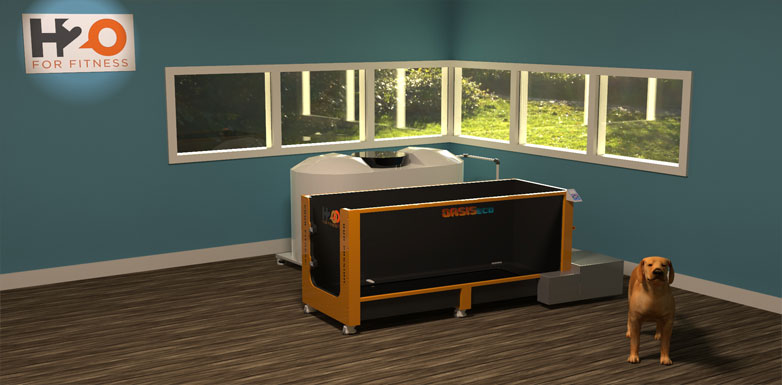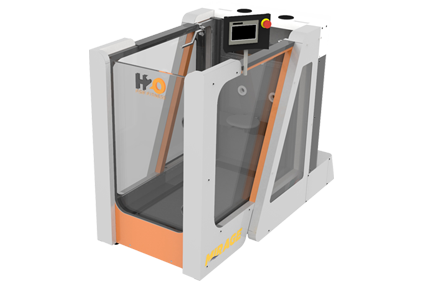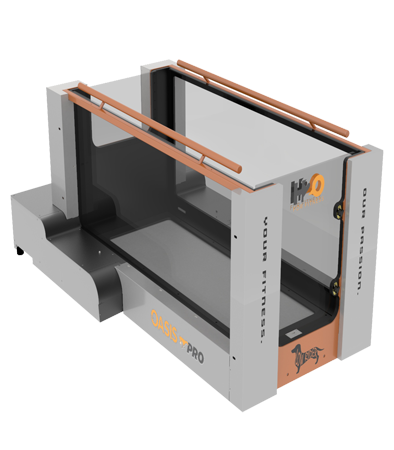Remember when your frisky Fido used to leap out of the tub while you bathed him? As your Corgi, Labrador or Terrier ages, you may notice he/she no longer leaps or runs because injury or arthritis may be slowing him/her down.
If your pet no longer seems as flexible, strong, eager or pain free, talk to your vet. Tell the vet if you notice your pooch favoring a leg, staying put and packing on pounds, your vet may recommend hydrotherapy using the canine underwater treadmill. Veterinary facilities are increasingly using these partially-enclosed, temperature-controlled treadmills, also called aquatic treadmills, to customize a healing program for your pet’s size and injury or arthritis. Water has the power to soften your pet’s arthritic or damaged tissues, hug your pet with warmth, challenge your pet’s heart and lungs with water’s natural resistance. Meanwhile, this new hydrotherapy reduces the impact on your pooch’s injured and aging body.
Why does water matter for a pet? Remember RICE- Rest, Ice, Compression, and Elevation, the common first treatment for injury or pain. Most pets need a program and therapist to employ similar benefits. First, your vet may recommend the short rest and recovery.
After a period of rest, when a dog still refuses to move, water can hugs like compression support, reduces the impact of gravity like elevation, and be temperature-controlled to speed up use, circulation and flexibility.
Ask your vet to assess your pet’s flexibility, weight, strength and energy and ask if they can provide canine hydrotherapy to maximize recovery.
If your vet can provide canine hydrotherapy, some of the factors your vet will use to customize a treatment plan will include adjusted depth of the water, temperature, resistance and technique.
Depth of WaterThe treadmill will be filled with water to mid-leg helps dogs with ankle and hock injuries. At elbow level your pooch will still bear about 85% of his weight but still improve strength and endurance which helps dogs with spinal or other more significant injuries. At chest height, the water displaces most of the weight impact, helping arthritic dogs extend stiff joints beyond their usual movements.
Temperature ControlSetting water temperatures between 80 and 100 degrees will depend what your pet needs. Warm water loosens stiff joints and cool water improves circulation and inflammation. Cooler water also reduces heart rate and improves conditioning.
ResistanceTo build strength, to reduce added body weight and to restore health, your vet may adjust the incline or speed of the treadmill or change water turbulence. In water, humans and canines both seem to be able to walk much longer without fatigue which improves lungs, heart and musculoskeletal strength.
TechniqueYour vet may employ one or more techniques on the aquatic treadmill to challenge your dog’s range of motion, including walking backwards or doing repetitions of adjusted speed, incline or turbulence. Dogs with dysplasia, neurological or spinal injury or aging joints may receive added support as the therapist enter the treadmill to work alongside your pet. The added guidance reassures dogs who are shy of water, but mostly the water’s equal distribution of gentle force on the pooch improves balance, control and strength.
At first, it may seem the pet who once shied away from a bath may resist canine underwater treadmill, but the gentle support of water and its ability to soothe stress make this an ideal therapeutic plan for small animals. H2O For Fitness canine underwater treadmills can help extend you pet’s quality of life and health.





